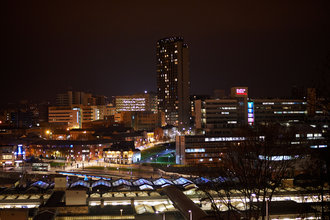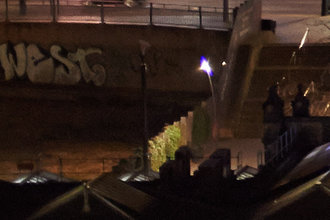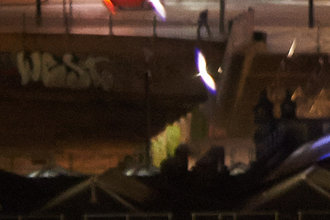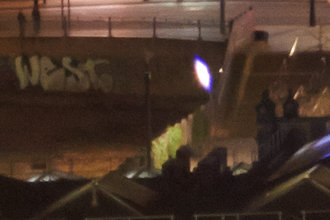Nikon AF-S Nikkor 58mm f/1.4G Lens Review
Nikon AF-S NIKKOR 58mm f/1.4G Other sample images
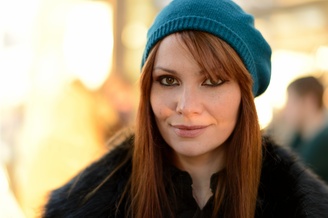 Bokeh | 1/200 sec | f/1.4 | 58.0 mm | ISO 100 | 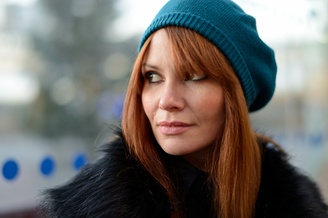 Wide-open | 1/160 sec | f/1.4 | 58.0 mm | ISO 400 |
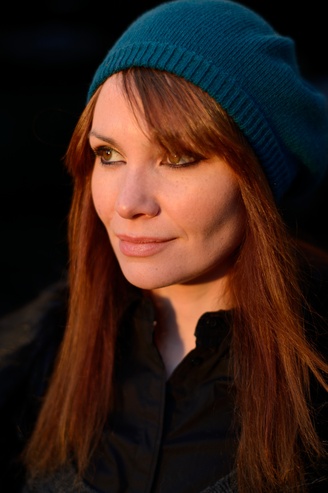 Lucy | 1/250 sec | f/2.0 | 58.0 mm | ISO 100 | 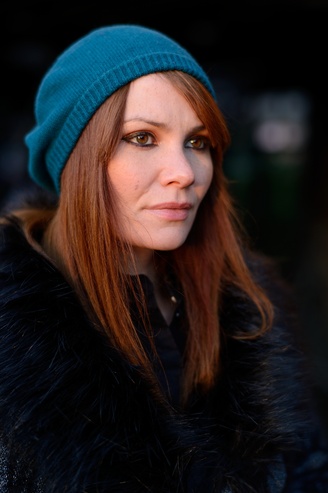 Lucy | 1/250 sec | f/2.0 | 58.0 mm | ISO 200 |
Nikon's major claim regarding the performance of this lens relates to how it can control coma flare at maximum aperture, we thought it will be interesting to do a comparison with a 50mm f/1.4D and 50mm f/1.8D lens we have available to see what differences, if any, are apparent.
To conclude, the 58mm does exhibit superior control over coma flare when compared to similarly specified, and less expensive optics. This will matter when taking images with point sources of light at maximum aperture, such as hand-held night scenes, or for some astrophotography applications.
Value For Money
There is no denying this is a very specialised lens, that comes with a highly specialised price tag. £1560 does seem a lot to justify, especially when Nikon's 50mm f/1.4G can be picked up for £270, and the 1.8G optic can be had for around £140. Sigma also produce a 50mm f/1.4 lens, which can be picked up for around £320. All of these prices make the 58mm Nikon seem very, very expensive. Even the Zeiss 50mm f/1.4 in ZF fitting is only around £600, which makes it seem like a bargain! To put things into perspective Zeiss' new Otus 55mm f/1.4 lens costs around £3175, so the Nikon 58mm still isn't the most expensive standard lens available for their cameras.
Add your message
Login required
Please login here or if you've not registered, you can register here. Registering is safe, quick and free.
Please login here or if you've not registered, you can register here. Registering is safe, quick and free.
photodo Stats
1102 lenses
428 MTF tests
74 in-depth photodo reviews
100+ users join each day
Help the lens community by reviewing or rating a lens today via our lens search
428 MTF tests
74 in-depth photodo reviews
100+ users join each day
Help the lens community by reviewing or rating a lens today via our lens search
Latest Lens Reviews
- Chinon 28mm f/2.8 Vintage Lens Review
- Canon EF 70-200mm f/4L IS II USM Lens Review
- Samyang AF 85mm f/1.4 EF Review
- Sigma 70mm f/2.8 DG Macro Art Review
- Samyang AF 24mm f/2.8 FE Review
- Meike 50mm f/1.7 Review
- Tamron 70-210mm f/4 Di VC USD Review
- Lensbaby Burnside 35mm f/2.8 Review
- Asahi Super Takumar 50mm f/1.4 Review
- Asahi Super-Multi-Coated Takumar 135mm f/3.5 Review
